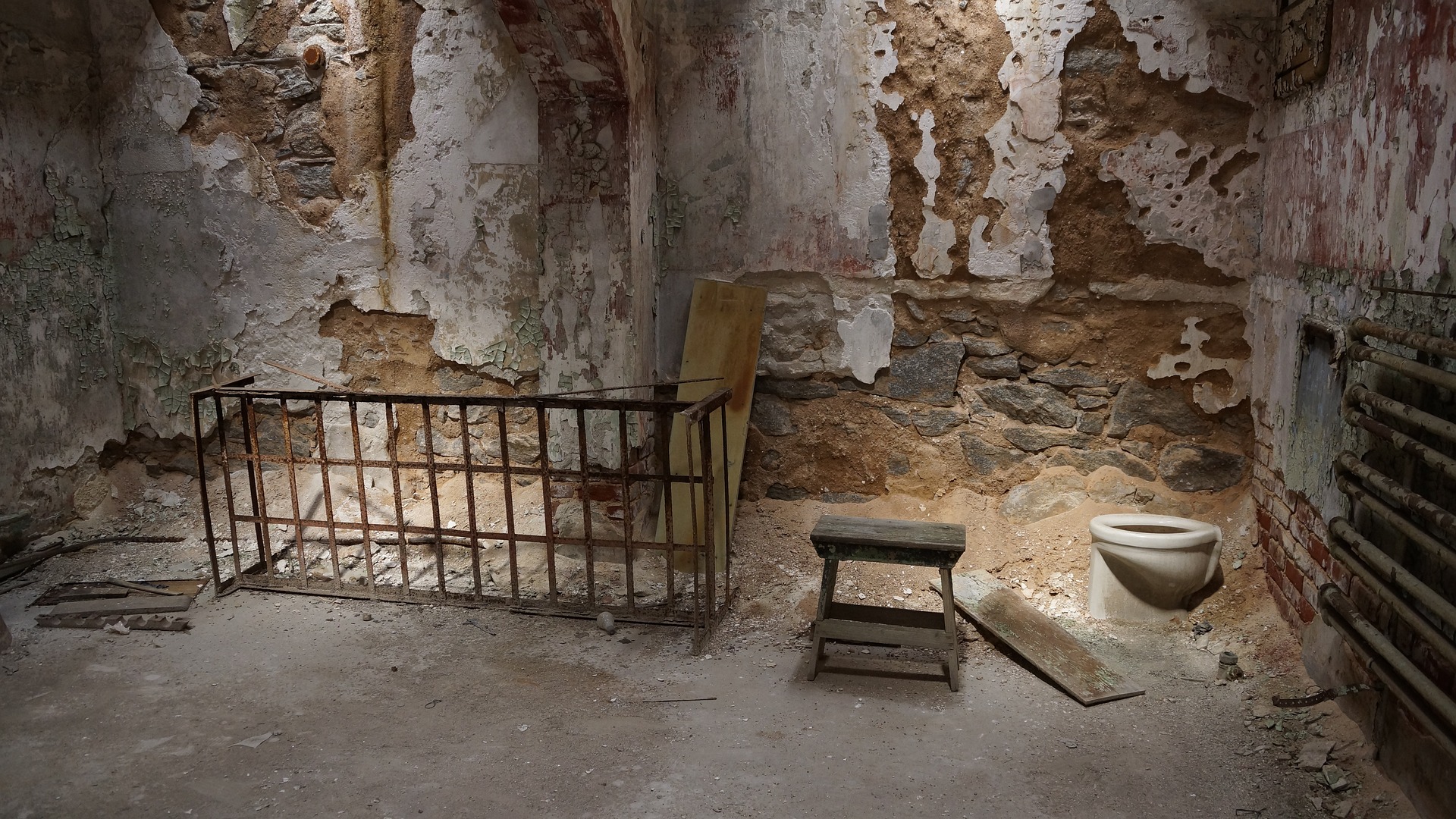When setting up a poker game for four players, the ideal number of poker chips can vary depending on the type of game being played, the chip denominations available, and the players’ preferences. However, a standard setup often includes a sufficient number of chips to allow for smooth gameplay, with enough denominations to cover the blinds and bets without frequent chip exchanges. A typical starting stack for a casual game might include anywhere from 50 to 100 chips per player, with a balanced distribution of denominations to support the game’s structure and betting increments. For tournament play or games with higher stakes, players might start with more chips, and the distribution would be adjusted accordingly to accommodate the escalating blinds and bets.
Determining How Many Poker Chips for 4 Players: A Comprehensive Guide
 When it comes to hosting a poker night, one of the most crucial decisions you’ll make is determining the number of chips to distribute among the players. For a group of four, striking the perfect balance is key to ensuring the game runs smoothly and everyone enjoys the experience. The ideal setup for poker chips can vary depending on the type of game you’re playing and the preferences of the players, but there are some general guidelines that can help you create the perfect poker environment.
When it comes to hosting a poker night, one of the most crucial decisions you’ll make is determining the number of chips to distribute among the players. For a group of four, striking the perfect balance is key to ensuring the game runs smoothly and everyone enjoys the experience. The ideal setup for poker chips can vary depending on the type of game you’re playing and the preferences of the players, but there are some general guidelines that can help you create the perfect poker environment.
Firstly, consider the type of poker you’ll be playing. Whether it’s Texas Hold’em, Omaha, or another variant, the structure of the game can influence the number of chips needed. In a tournament setting, you’ll want to provide enough chips to allow for the blinds to increase over time, while in a cash game, the chip values will correspond directly to the monetary values.
For a standard casual game with four players, a good starting point is to have a chip set that contains at least 200 chips. This allows for a comfortable amount of chips per player and enough denominations to cover the various bets and raises that occur throughout the game. A typical distribution for a 200-chip set might include 50 white chips, 50 red chips, 50 blue chips, 25 green chips, and 25 black chips. This setup gives each player a solid stack to work with and allows for a range of betting options.
Now, let’s delve into the allocation of these chips. Each player should start with an equal number of chips, divided into several denominations to facilitate betting and change-making. A common approach is to give each player a starting stack that includes a mix of lower and higher-value chips. For example, you might give each player 8 white chips (valued at $1), 8 red chips (valued at $5), 6 blue chips (valued at $10), 4 green chips (valued at $25), and 2 black chips (valued at $100). This distribution allows players to make a variety of bets and provides the flexibility needed for strategic play.
Moreover, it’s important to consider the pace and length of your game. If you’re planning a quick, fast-paced tournament, you might want to start with fewer chips and smaller denominations to encourage aggressive play and quicker eliminations. Conversely, for a longer, more strategic game, providing more chips can lead to deeper stacks and more nuanced play.
Another factor to keep in mind is the blinds or antes in your game. The starting chip amounts should be proportional to the initial small blind or ante to ensure that players have enough chips to play for a reasonable amount of time. If the blinds are too high relative to the starting stacks, players may feel pressured and the game may end prematurely.
In conclusion, while there’s no one-size-fits-all answer to how many poker chips are needed for four players, aiming for a 200-chip set with a balanced distribution of denominations is a solid choice for most casual games. This setup provides enough flexibility to accommodate different styles of play and ensures that all players have an enjoyable and competitive experience. Remember, the key to a successful poker night is not just the number of chips but also the camaraderie and the thrill of the game. So, deal the cards, stack your chips, and may the best hand win!
The Perfect Number of Poker Chips for 4 Players: Setting Up Your Game

When it comes to hosting a poker night, one of the most crucial decisions you’ll make is determining the number of chips to distribute among the players. For a group of four, striking the right balance is essential to ensure the game runs smoothly and everyone enjoys the experience. The perfect number of poker chips for four players isn’t just about having enough to play; it’s about creating an atmosphere of a professional game, where the stakes feel real, and the play is competitive.
Imagine sitting down at a table where the chips are scarce. The game becomes a battle of attrition rather than skill, with players too cautious to bet appropriately. Conversely, an overabundance of chips can lead to reckless play, stripping the game of its strategic depth. Therefore, the ideal setup is one that mimics the balance found in casinos and tournaments, providing a realistic and engaging experience.
For a four-player game, a good starting point is to have a total of 200 to 300 chips. This range allows for a comfortable amount of chips per player while keeping the game manageable and easy to track. A standard distribution would include several denominations, allowing for blinds to increase and giving players the flexibility to make a variety of bets. Typically, you’d want to have more of the lower denomination chips and fewer of the higher value ones.
Let’s break down a practical chip distribution for a 200-chip set. You might allocate 80 white chips as the lowest denomination, 60 red chips for the mid-range, 40 blue chips for a higher value, and 20 green chips as the highest denomination in play. Each player would start with an equal stack, perhaps 20 white, 15 red, 10 blue, and 5 green chips. This setup ensures that players have enough of the smaller denominations for the early stages of the game and sufficient higher-value chips for later play.
As the game progresses, it’s important to have the flexibility to color up, exchanging lower denomination chips for higher value ones. This process keeps the game flowing and prevents the table from becoming cluttered with unnecessary chips. It also adds an element of excitement as the stakes rise and the chip stacks grow taller.
Moreover, the psychological aspect of chip stacks cannot be overstated. A player with a towering stack of chips can be intimidating, while a dwindling stack can signal vulnerability. The visual representation of one’s fortunes rising and falling with each hand is a fundamental part of the poker experience. By having the right number of chips in play, you enhance this dynamic, making for a more thrilling game.
In conclusion, for a four-player poker game, a setup of 200 to 300 chips, thoughtfully divided into several denominations, provides the ideal balance. It allows for strategic betting, manageable gameplay, and the psychological interplay that makes poker the captivating game it is. Remember, the goal is to recreate the feel of a high-stakes tournament, where every chip counts and every decision can turn the tide. With the perfect number of poker chips, your game night can become an event that your friends eagerly anticipate, week after week. So, shuffle up and deal, and may the best hand win!
How Many Poker Chips for 4 Players: Tips for a Balanced Chip Distribution
 When it comes to hosting a poker night, one of the most crucial aspects to consider is the distribution of poker chips among the players. For a group of four, striking the right balance in chip allocation can make all the difference between a smooth game and one that’s constantly interrupted by the need to cash in or out. The ideal setup for a four-player poker game isn’t just about having enough chips; it’s about creating an engaging and uninterrupted flow that keeps everyone focused on the game.
When it comes to hosting a poker night, one of the most crucial aspects to consider is the distribution of poker chips among the players. For a group of four, striking the right balance in chip allocation can make all the difference between a smooth game and one that’s constantly interrupted by the need to cash in or out. The ideal setup for a four-player poker game isn’t just about having enough chips; it’s about creating an engaging and uninterrupted flow that keeps everyone focused on the game.
Firstly, let’s address the quantity. A common starting point is to have at least 50 chips per player, which means you’d need a minimum of 200 chips for a game of four. However, to ensure a comfortable play, it’s advisable to aim for a setup that includes around 75 to 100 chips per player. This range allows for a fluid game with enough chips for different denominations, enabling players to make bets, raises, and calls without the constant need for change.
Now, let’s talk about the distribution of denominations. It’s essential to have a mix of low, medium, and high-value chips. A typical configuration might include a 4:3:2:1 ratio for four different denominations. For example, if you’re using 1, 5, 25, and 100 units as your denominations, each player could start with 20 chips of the lowest denomination, 15 of the next higher, 10 of the second-highest, and 5 of the highest. This setup allows players to make a variety of bets and gives the game a professional feel.
Moreover, it’s important to consider the blinds and the pace of your game. If you’re playing a tournament style with increasing blinds, you’ll want to ensure that players have enough high-denomination chips to keep up with the rising costs of playing each hand. Conversely, if you’re playing a cash game or with static blinds, the focus should be on having more low to medium value chips for frequent betting.
Another persuasive point for having a balanced chip distribution is the psychological aspect of the game. Poker isn’t just about the cards; it’s also about the betting patterns and the chips themselves. When players have a healthy stack in front of them, they feel more at ease and are more likely to engage in the strategic play that makes poker so enthralling.
Furthermore, having a well-thought-out chip distribution reduces the need for making change and can prevent the game from being bogged down by administrative tasks. This keeps the action moving and maintains the momentum of the game, which is crucial for an enjoyable poker night.
In conclusion, for a four-player poker game, aim for a setup that includes 300-400 chips, divided into at least four denominations with a 4:3:2:1 ratio. This will provide enough flexibility for various betting styles and game formats, ensuring that the focus remains on the play rather than on managing chips. Remember, the goal is to create an environment that feels as authentic and engaging as possible, and a balanced chip distribution is a key ingredient in achieving that atmosphere. So, shuffle up and deal, and let the chips fall where they may – as long as there’s enough of them to keep the game running smoothly.
Essential Poker Chip Counts: How Many Chips to Deal for 4 Players
 When it comes to hosting a poker night, one of the most common questions that arises is: how many poker chips do you need for 4 players? The answer isn’t as straightforward as one might think, as it depends on several factors, including the type of game you’re playing, the duration of the game, and the betting structure. However, with a bit of guidance, you can set up the ideal poker chip count that ensures a smooth and enjoyable game for everyone involved.
When it comes to hosting a poker night, one of the most common questions that arises is: how many poker chips do you need for 4 players? The answer isn’t as straightforward as one might think, as it depends on several factors, including the type of game you’re playing, the duration of the game, and the betting structure. However, with a bit of guidance, you can set up the ideal poker chip count that ensures a smooth and enjoyable game for everyone involved.
Firstly, let’s consider the type of game you’re playing. A casual game with friends might not require as many chips as a more serious tournament-style game. For a casual game, a good starting point is to have around 50 to 75 chips per player. This allows for plenty of betting flexibility without overwhelming players with too many chips. On the other hand, if you’re aiming for a more professional feel, you might want to bump that number up to 100 to 150 chips per player, giving each participant a wider range of denominations to work with and enabling a deeper strategic element to the game.
Now, let’s talk about the denominations. It’s crucial to have a mix of low, medium, and high-value chips. A standard setup might include white chips as the lowest denomination, red chips as the next level up, and blue or green chips as higher values. For a four-player game, you might start each player with a stack consisting of eight white chips, eight red chips, and a couple of blue or green chips. This setup allows players to make small and large bets and provides the flexibility to change up their betting patterns as the game progresses.
The duration of the game also plays a significant role in determining the ideal chip count. If you’re planning a quick game, fewer chips per player might suffice, as the game will likely involve less betting and smaller pots. However, for longer games, you’ll want to ensure that players have enough chips to last through the night without constant chip top-ups, which can disrupt the flow of the game.
Another aspect to consider is the betting structure. If you’re playing a no-limit game, players need enough chips to back up their bets, which can be any amount. In this case, having a larger number of chips per player is beneficial. Conversely, for limit games, where bets are capped, you can get away with fewer chips per player.
In conclusion, while there’s no one-size-fits-all answer to how many poker chips you need for 4 players, aiming for a setup that includes 50-150 chips per player, with a mix of denominations, is a solid approach. Remember to adjust the count based on the game type, duration, and betting structure. By doing so, you’ll ensure that your poker night is a hit, with enough chips to go around, but not so many that players are left fumbling through an unwieldy stack. So, shuffle up and deal, and let the chips fall where they may!The ideal setup for a poker game with 4 players would typically include a total of 200-300 chips, divided into at least four different denominations to accommodate various betting levels. A common distribution might be 50 white chips (lowest value), 50 red chips, 50 blue chips, and 50 green chips, with the possibility of adding higher denominations like black chips if needed. Each player would start with an equal number of chips, often 50-75 chips each, to ensure a balanced game. This setup allows for sufficient chips for betting, raising, and ensuring the game can be played smoothly without constant chip exchanges or rebuys.
















+ There are no comments
Add yours